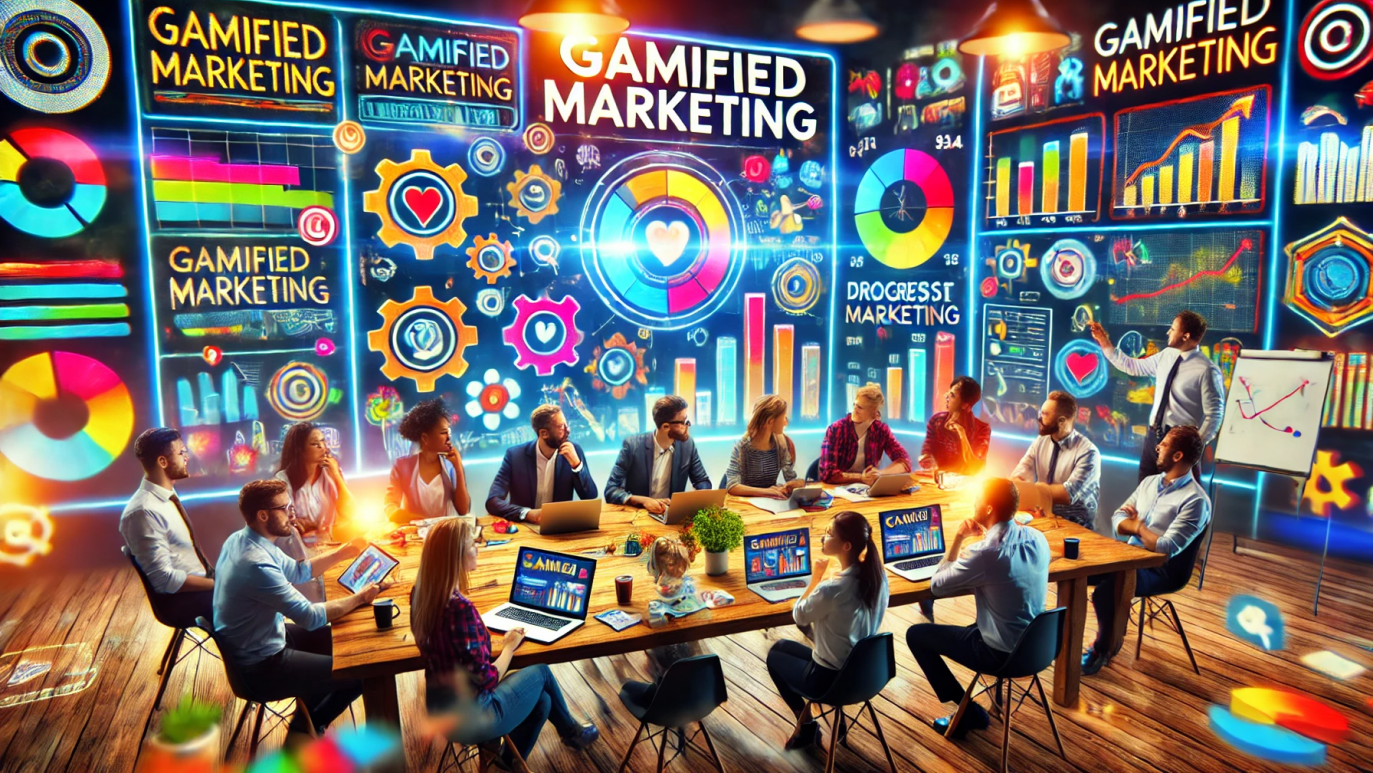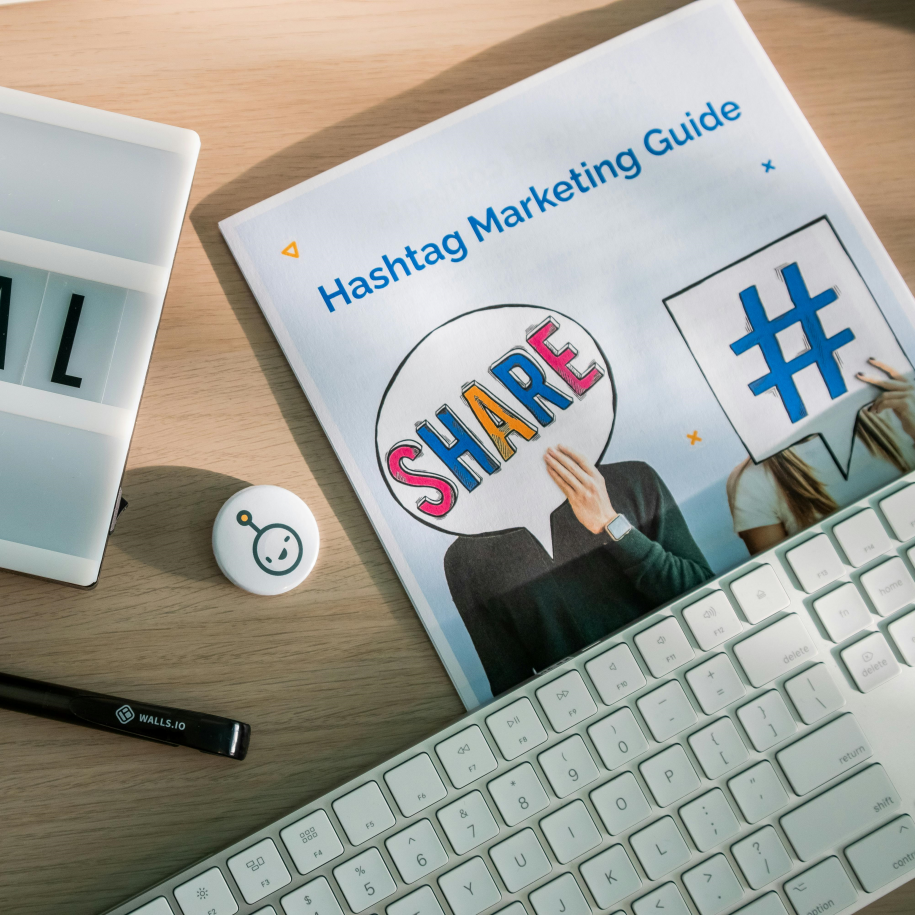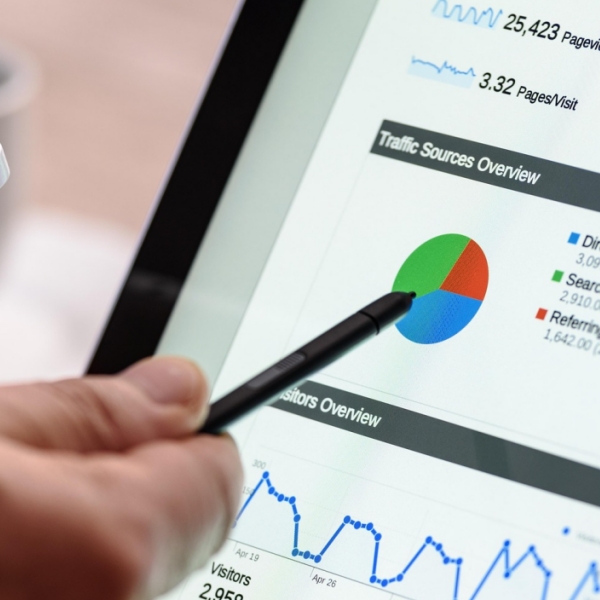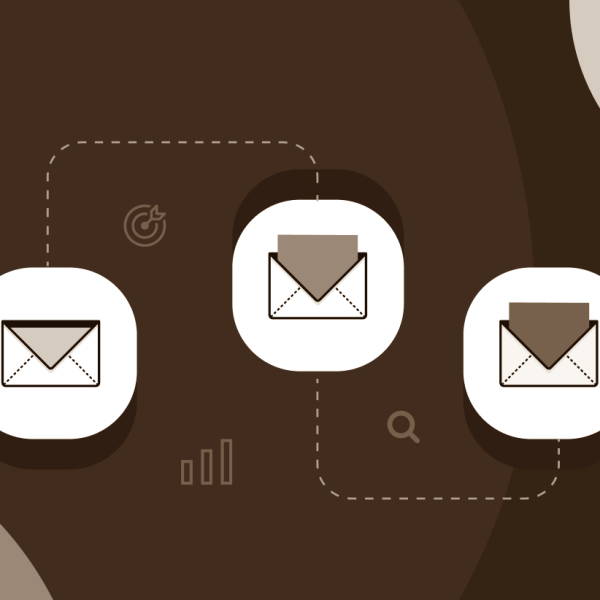
Gamification in marketing has become an increasingly popular strategy for brands looking to create memorable and interactive experiences for customers. By incorporating game mechanics into marketing efforts, brands engage consumers on a deeper level, driving brand loyalty and boosting conversion rates. The global gamification market is forecasted to reach $58.8 billion by 2028, indicating its growing value as an effective marketing tool.
For companies aiming to leverage the best gamification strategies, understanding its underlying mechanics and future trends is key. Noble House Media is here to provide guidance to businesses interested in the latest and most innovative digital marketing solutions such as gamification marketing and more.
What is Gamification Marketing?
Gamification marketing involves applying elements of game design, such as points, levels, and rewards, into a non-game context to create a more engaging experience for users. It’s essentially the process of integrating game mechanics into marketing strategies to create a game context around a product or service. This not only captures the target audience’s attention but also encourages active participation.
By utilizing gamified elements, brands can transform traditional marketing approaches into dynamic, interactive experiences that feel less like advertising and more like play. This can include anything from completing a survey to earning rewards for purchasing a product or service. The concept of gamification capitalizes on people’s inherent enjoyment of games, particularly those in younger demographics, making it an ideal way to connect and attract potential customers.
Why Gamification Works: The Psychology Behind It
Gamification taps into several intrinsic motivators, including achievement, competition, and the desire for rewards. When people engage with gamified marketing, they are often driven by the satisfaction that comes from completing challenges or reaching new levels. These psychological factors play an important role in creating loyal customers, as they increase brand engagement through emotionally satisfying interactions.
One of the primary motivators in gamification is the need for achievement. Many gamified experiences are structured to reward users for their efforts, reinforcing positive behavior and incentivizing them to return. This can build brand loyalty, as customers begin to associate positive experiences with the brand itself.
Key Benefits of Gamification Marketing
Gamification brings many advantages to marketing efforts. From boosting engagement to driving conversion rates, here are the core benefits:
- Increased Engagement: Gamified marketing creates an engaging experience by turning typical marketing messages into interactive activities. Whether it’s through a quiz, a points system, or interactive content on social media, gamification captures users’ attention, keeping them engaged for longer periods.
- Improved Conversion Rates: Gamification can prompt users to take desired actions, such as signing up for an email newsletter, making a purchase, or sharing content. This helps drive conversion rates by using rewards, recognition, or progress tracking to encourage engagement.
- Brand Loyalty and Retention: By providing an enjoyable experience, gamified marketing encourages customers to return. For instance, reward programs like loyalty points or exclusive access to features help build a positive brand association, turning first-time customers into long-term advocates.
- Customer Insights: Gamified content also offers brands an opportunity to collect valuable data on customer behavior. Through tracking actions within the gamified experience, brands gain insights into customer preferences and behaviors, which can refine future campaigns such as targeted PPC ads.
Popular Gamification Marketing Examples
Many well-known brands have successfully incorporated gamification into their marketing strategies to drive engagement and loyalty.
Starbucks Rewards:
The Starbucks Rewards program is one of the most popular examples of gamification in retail. Customers earn points (or “stars”) with every purchase, and these stars can be redeemed for free items. By rewarding customers for repeat purchases, Starbucks creates an ongoing loop that encourages brand loyalty.
Video Game-Inspired Campaigns:
Brands have adapted popular video game mechanics like levels, achievements, and challenges to engage users with different content formats. For example, some companies incorporate digital scavenger hunts or trivia games into their website design to make the brand experience interactive and engaging for users.
Fitness Apps and Brand Challenges:
Many fitness brands use gamification to encourage users to stay active. Challenges like “30-day fitness goals” or “workout streaks” reward users for achieving milestones, creating a positive feedback loop that keeps users motivated and engaged with the brand.
How to Implement Gamification in Marketing Efforts
Implementing gamification requires a strategic approach to ensure it aligns with the brand’s goals and resonates with the target audience. Here’s a step-by-step guide:
- Understand the Target Audience: Successful gamification begins with a deep understanding of who plays games or responds well to gamified experiences within the target market. For example, younger audiences may respond well to competitive elements, while older demographics might appreciate reward-based gamification more.
- Choose the Right Game Mechanics: Selecting the right gamified elements is crucial to match the objectives. This could include points systems, leaderboards, badges, or levels. Each element brings a different level of engagement and motivation, so it’s important to choose the mechanics that align with the intended outcomes.
- Create an Engaging Game Context: The game context, or the story surrounding the gamified experience, should resonate with the brand’s product or service. For instance, a beauty brand might create a “look of the week” challenge, where users can upload photos and vote on different styles.
- Test and Optimize: Regular testing is essential to measure the effectiveness of gamified experiences. Brands should track engagement rates, conversion rates, and user feedback to ensure the gamification is achieving its goals.
Using Gamification to Increase Sales and Conversion Rates
Gamification not only engages users but also encourages customers to make purchases, ultimately driving sales. By incorporating elements like reward points, badges, or challenges, brands create a compelling reason for customers to stay connected to their products or services.
For example, a brand may set up a reward system that offers points for each purchase, encouraging customers to earn rewards over time. This “points-for-purchase” system motivates customers to buy more to reach higher reward levels. Additionally, referral incentives, where users earn rewards by inviting friends, further increase conversions by expanding the brand’s reach. Gamification has also proven to increase conversion rates by guiding users toward actions like signing up for loyalty programs, following social media accounts, or making repeat purchases.










